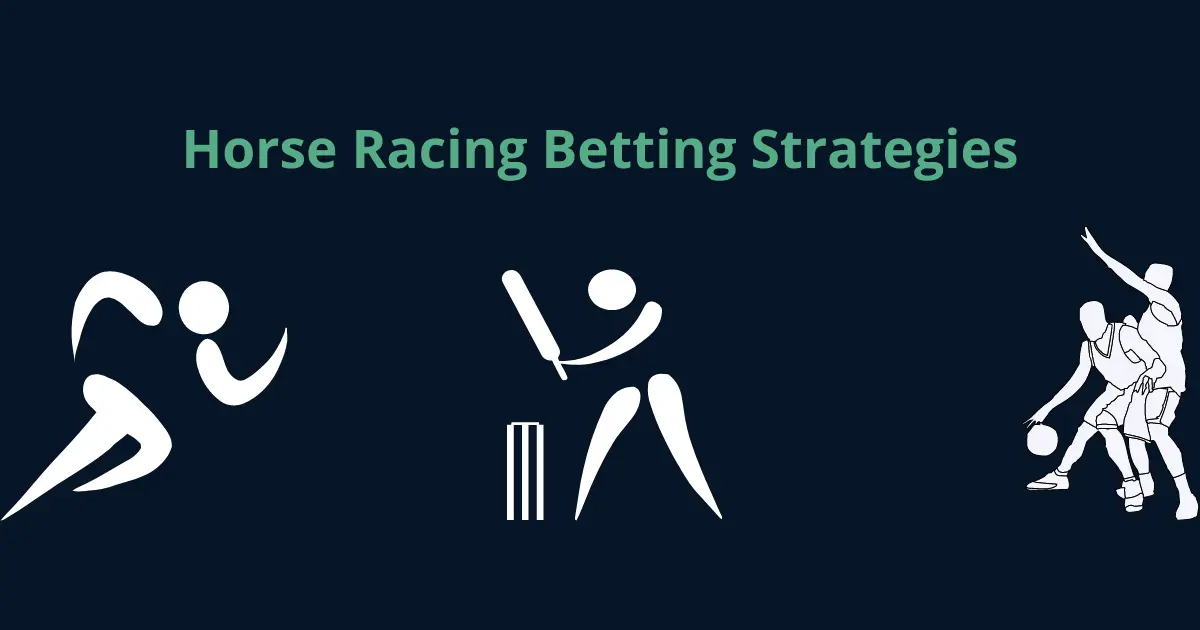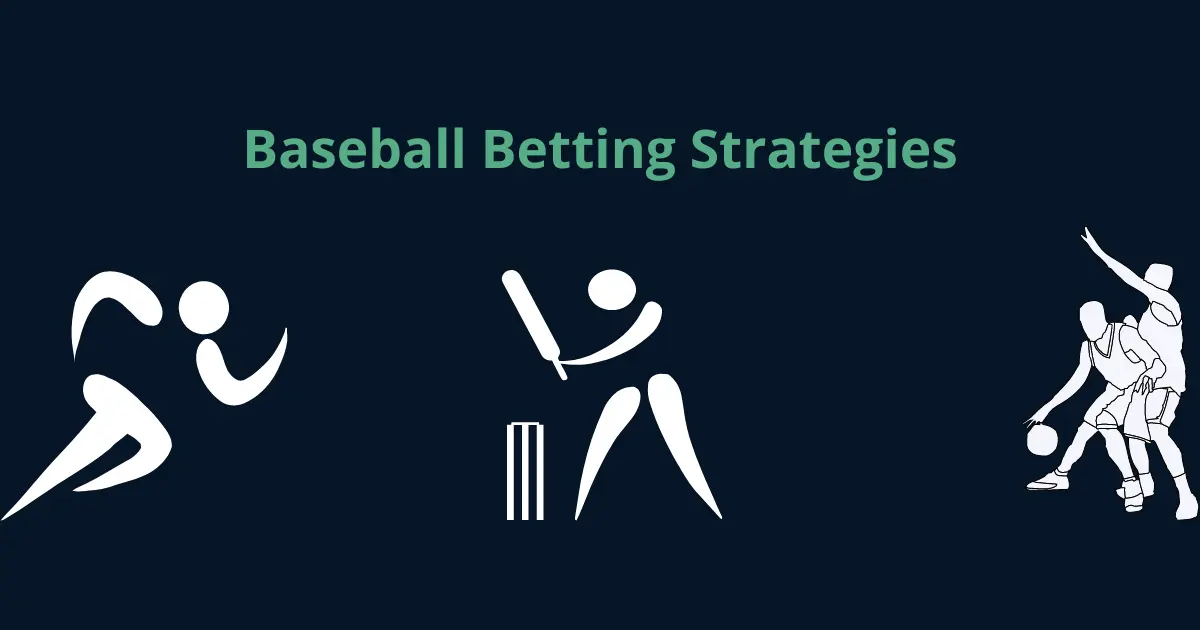TLDR: A sports betting algorithm can help you make more informed betting decisions and gain an edge over the competition. It’s a great sports betting strategy. To build your own algorithm, you’ll need to collect relevant data, analyze it using statistical methods and machine learning, and test and refine your algorithm over time.
Introduction
Sports betting is a popular form of gambling that has been around for decades. With the rise of the internet and mobile technology, it’s now easier than ever for people to place bets on their favorite sports teams and events. However, with so much competition in the sports betting world, many bettors are turning to sports betting algorithms to gain an edge. A sports betting algorithm is a set of rules and calculations that are used to make betting decisions based on statistical analysis and historical data. In this post, we’ll provide a step-by-step guide for building your own sports betting algorithm.
Step 1: Collecting Data
The first step in building a sports betting algorithm is to collect relevant data. This can include historical game results, player statistics, and betting lines. The key is to gather as much data as possible to ensure that your algorithm is based on a comprehensive and accurate data set. For example, if you’re building an algorithm for football betting, you might collect data on past game results, player statistics such as touchdowns, yards gained, and interceptions, and betting lines such as point spreads and over/under totals. There are a number of online sources and data scraping tools that can be used to collect this data, making the process much easier and more efficient.
Step 2: Analyzing Data
Once you’ve collected your data, the next step is to analyze it. There are a variety of methods that can be used to analyze sports betting data, including statistical analysis, machine learning, and data visualization. The goal is to identify trends, calculate probabilities, and create models that can be used to make informed betting decisions. For example, you might use statistical analysis to identify which player statistics are most predictive of game outcomes, or machine learning algorithms to identify patterns in historical game data. By applying these methods to sports betting data, you can gain insights that would be difficult to obtain through manual analysis.
Step 3: Building the Algorithm
With your data analyzed, the next step is to build your sports betting algorithm. This involves combining the various components of the algorithm, such as data inputs, betting rules, and decision-making processes. The key is to create a functional algorithm that takes into account all relevant data and can make accurate predictions based on that data. This process may involve coding and testing, and can be iterative as you refine your algorithm based on its performance. For example, you might build a model that predicts the likelihood of a team winning a game based on player statistics and betting lines.
Step 4: Testing and Refining the Algorithm
Once your algorithm is built, it’s important to test and refine it to ensure accuracy and effectiveness. This involves testing the algorithm using historical data and tracking its performance over time. By comparing the algorithm’s predictions to actual outcomes, you can determine its accuracy and identify areas for improvement. Refining the algorithm may involve tweaking betting rules, adjusting data inputs, or using a different analysis method. For example, you might test your algorithm using historical data from previous football seasons, and adjust your algorithm based on its performance.
Summary and Key Takeaways:
Building a sports betting algorithm can be a complex process, but it’s a valuable tool for those who are serious about sports betting. By collecting and analyzing relevant data, building a functional algorithm, and testing and refining it over time, you can gain an edge over the competition and increase your chances of success. Remember that no algorithm is foolproof, and that there will always be a level of risk involved in sports betting. However, a well-built algorithm can help you make more informed and strategic betting decisions, and increase your chances of winning.
To summarize, here are the key takeaways from this guide:
- Collect relevant data: Gather as much data as possible, including historical game results, player statistics, and betting lines.
- Analyze the data: Use statistical analysis, machine learning, and data visualization to identify trends, calculate probabilities, and create models.
- Build the algorithm: Combine the various components of the algorithm, such as data inputs, betting rules, and decision-making processes, to create a functional algorithm.
- Test and refine the algorithm: Use historical data to test the algorithm’s accuracy, and refine it based on its performance.
Remember that building a sports betting algorithm takes time and effort, and may involve a learning curve. However, with the right tools and resources, you can create an algorithm that gives you an edge in the sports betting world. Good luck!





